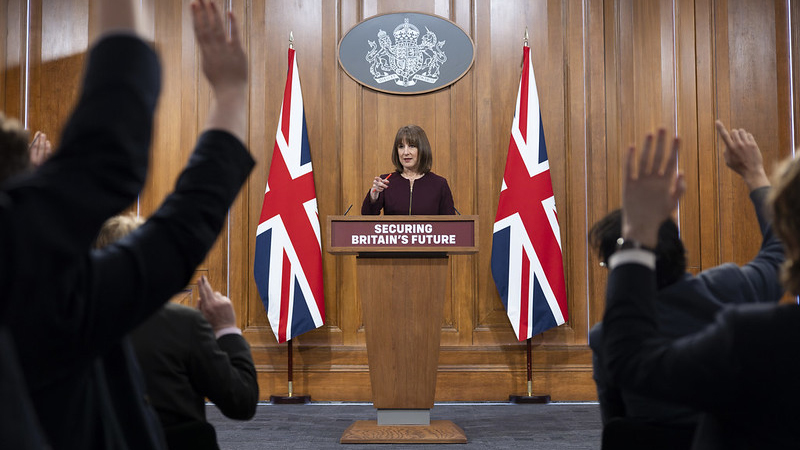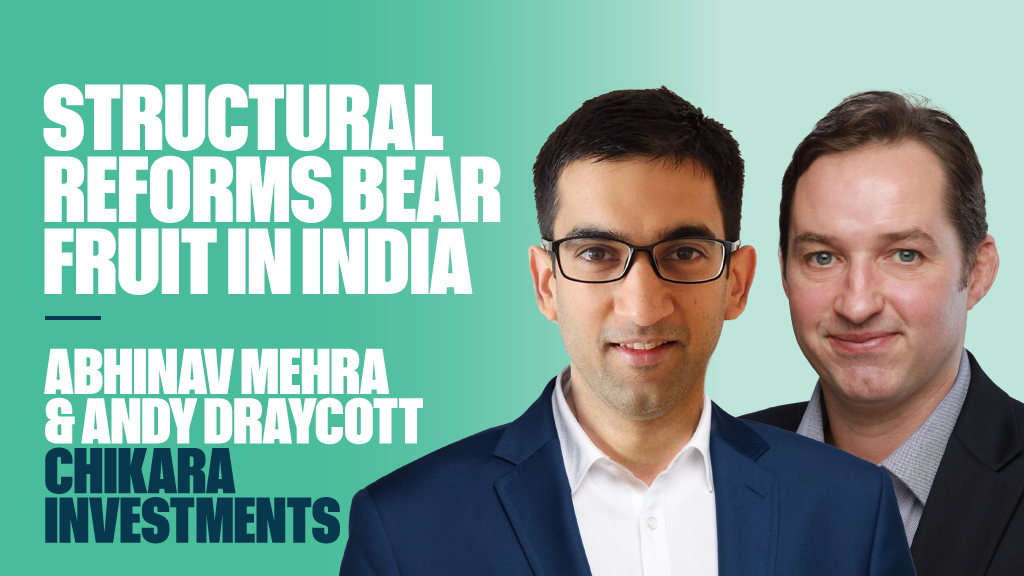In its research on the ETF sector, Morningstar says other providers have indicated they will soon follow suit in improving disclosure. Still, however positively Morningstar views such moves, it believes more can be done in this regard.
ETFs have been under growing scrutiny and criticism, particularly surrounding those that employ synthetic replication techniques. In addition to counterparty risk, one of the biggest concerns revolves around what providers use as the backing substitute/collateral and whether or not this basket provides sufficient liquidity to cover a default.
“Until the end of 2010, the level of transparency in synthetic ETFs had much left to be desired,” Ben Johnson, director of European research at Morningstar, says. “Information about the composition of substitute/collateral baskets was only provided in annual and/or semi-annual reports or upon request. But great progress has since been made on this front, mainly due to investor pressure on ETF providers.”
Despite this progress though there remains various levels of disclosure between ETF providers with some updating information more frequently and in greater detail, he adds.
Morningstar suggests providers should offer key information such as the net swap exposure as a percentage of the fund’s NAV as well as the breakdown of the baskets by security type, country, sector, currency, and for bonds, credit ratings. The next step could also be to make this information available through third-party information providers to make it more accessible for retail investors, Johnson says.
Better disclosure on swap costs would also be welcome, he says, noting these costs are typically not included in the TER of ETFs so investors find it difficult to correctly assess and compare costs between products.
Greater and consistent transparency of ETF collateral baskets should help build trust in the sector and ensure they are consistently comprised of high quality, liquid securities, Morningstar concludes.
“While so far the industry has done a fairly good job at self-regulating, we believe more can be done. There is a real need for common industry standards. Whether a push towards harmonisation of best practices ultimately comes from within the industry itself or is handed down from regulators remains to be seen.”










